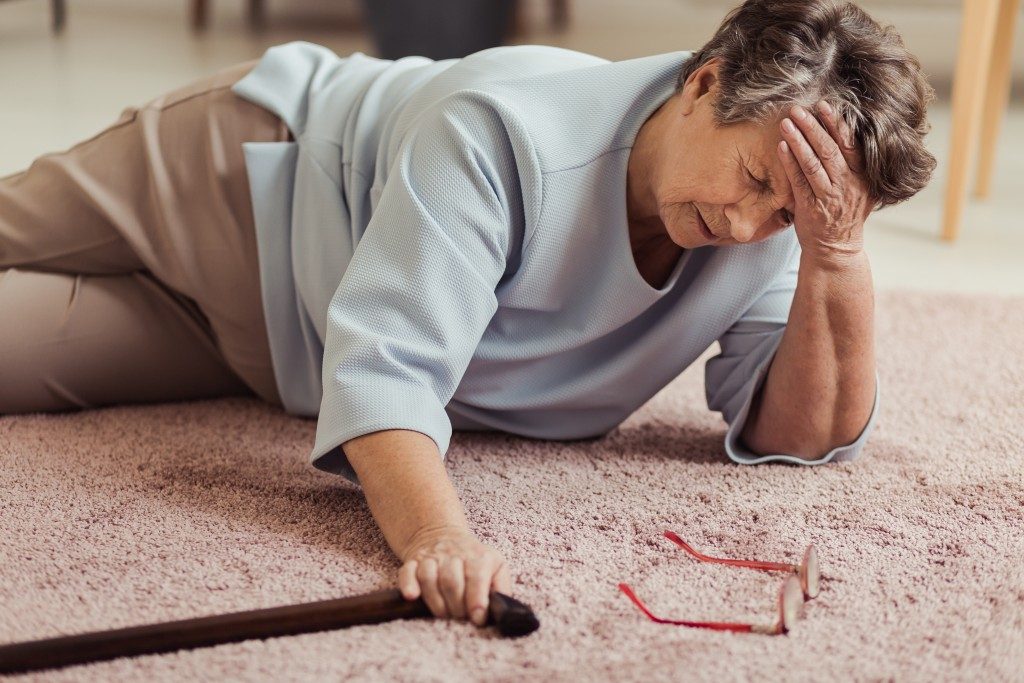An individual with Parkinson’s disease could experience many different kinds of involuntary movements. Some might experience one or two movements while others might experience most or all of them.
The severity and effects of the movement also differ from one individual to another. For example, one might need only a cane to walk around comfortably while you might need a wheelchair lift in your Utah home.
That being said, below are common movements that individuals with Parkinson’s disease might experience.
Tremors
These are the most common symptoms of Parkinson’s that doctors usually observe when diagnosing the disease. They are basically rhythmic movements that are repetitive and can impact your entire arm, head or just your thumb. These tend to worsen when you are not moving or at rest.
Rigidity
Individuals with Parkinson’s might feel like they cannot get their muscles to relax. This is called rigidity or stiffness, and it could make daily activities, including sleeping, very difficult. However, take note that just because you experience stiffness does not necessarily mean that you automatically have Parkinson’s because it can also be an indication of spasticity or arthritis.
Bradykinesia
This essentially means slow movement and can impact how you move your hands and walk, among other things. In the earlier stages of the disease, it is usually mild and undetectable, even if it is already there.
Dyskinesia
Dyskinesia is not actually a Parkinson’s symptom, but a result of taking levodopa for an extended period. Most individuals undergoing treatment for the disease develop dyskinesia. Dyskinesia is akin to tremors, but it is not rhythmic and is more like writhing.
Akinesia
Also commonly known a freezing, this occurs when you cannot voluntary move your muscles. This occurs in approximately 1/3 of Parkinson’s patients. It could persist for a couple of seconds to minutes and could occur anywhere at any time, most commonly when triggered by specific stimuli like turning at the stairs’ threshold or passing through doors.
Dystonia
Some individuals with Parkinson’s disease also develop dystonia, which is repetitive cramping or twisting of the muscles, a side effect of taking levodopa. It could occur in your legs, arms or face when levodopa wears off or alongside dyskinesia, and could be very painful.
Gait Disorder

Among the first difference in movement Parkinson’s patients experience is their sudden inability to swing their arms when walking. Your gait problems can get worse to the point that you might shuffle instead of walking properly and stooping over more and more.
In addition to this, individuals with Parkinson’s disease eventually develop balance issues and in turn make even standing difficult. If this applies to you, you need to be extremely careful so that you can prevent slips and falls, especially since you are at high risk for these issues during this stage of the disease.
Every individual who has Parkinson’s disease might experience different movements in varying degrees. When you experience any or all of these movements, work with your doctor to address them and reduce your risk of related issues.
